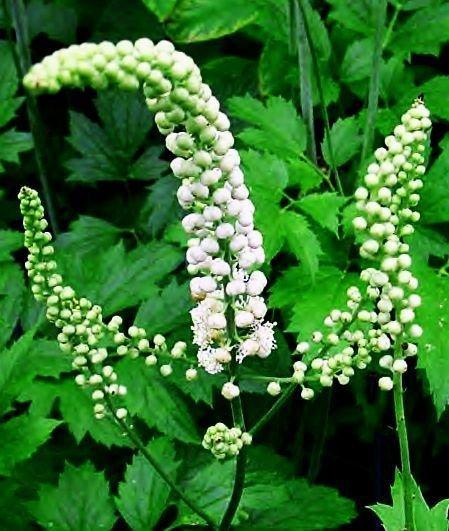What is Herbal Medicine?
Herbal Medicine is a plant-based way to treat the underlying cause of diseases. In comparison to pharmaceuticals, herbal remedies come with little to no side effects.
Types of Herbal Remedies
Black Cohosh:
Black Cohosh is used to treat menopausal symptoms, mostly in aiding in lessening hot flashes. You can take Black Cohosh in pill form, liquid form, and you can make a tea from Black Cohosh using the dried Black Cohosh root. It could take up to 8-12 weeks for you to notice any effects after while using it. Since it is still being studied and it is not well-known, there are some safety concerns with Black Cohosh. It’s important to discuss your usage of black cohosh with your doctor and to stop if it is causing vomiting, headaches, or dizziness.
St. John’s Wort:
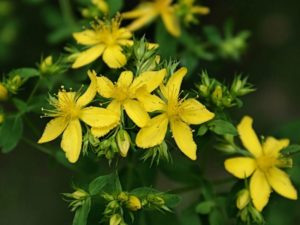
St. John’s Wort is commonly used to treat symptoms of depression. While this has shown to be an effective treatment for depression, it can have adverse effects, such as nausea, rash, and photosensitivity, and it can negatively interact with certain medications.
Echinacea:

Echinacea must be on this list because it has shown to be effective in treating cold, flu, and respiratory infection symptoms. When using Echinacea in a fresh pressed juice, it is showing promising signs of being used to boost immune cell response. Echinacea is also a great option, because it has no documented adverse effects and the only people who shouldn’t take it are people who have an allergy to ragweed and if you have an autoimmune disorder, you should consult your doctor before using Echinacea.
Peppermint:
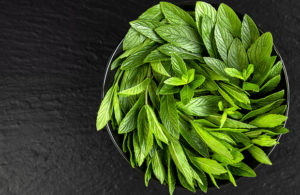
Peppermint is mainly used for sore throats, IBS, and heartburn. It is mostly used in tea or in an oil. Used in tea, this herb can help to relieve symptoms of illnesses, IBS, and heartburn. If you suffer from tension headaches, using peppermint as an oil and applying it to your forehead can help relieve those tension headaches instead of using over the counter or prescription medications, as these can have adverse effects and peppermint has not shown to have any side effects.
Ginger:
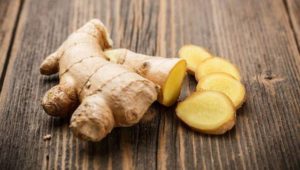
While ginger can be added to your food for flavor additives, it can also be used to treat stomach problems such as motion sickness, morning sickness, gas, nausea, and appetite loss. It can also be used to help fight the common cold, reduce muscle pain and soreness, it has anti-inflammatory components, can help fight infections, may be helpful in treating cancer, etc. This herb can be useful in so many ways, for so many different treatments, and hey, it’s not bad in our food either.
Aloe Vera:

Aloe Vera is another herb that has a lot of uses. For people with scalp issues such as dandruff or psoriasis, it is a great way to relieve the issues associated with those, without stripping our scalps of their oils. Probably the most widely known uses for aloe vera is helping ease sunburn and burns. Aloe Vera works by cooling the skin down and even can help speed the process of healing wounds. Aloe Vera can be useful internally by ingesting the gel, which can be used to help with IBS, colitis, and stomach ulcers. While there are little to no symptoms associated with the use of Aloe Vera, if you experience any cramping while internally taking it, stop immediately. Aloe Vera is also not recommended for the healing of staph infections, as this will prematurely seal your wound, which could cause your infection to worsen. Aloe Vera is a fast acting laxative, so be sure to be careful when using this.
Chamomile:

Chamomile is mostly used as a tea. While you can use the entire plant, mostly the flowers are used in herbal remedies. Chamomile tea is efficient in helping people sleep. It can also be used externally as a cream to treat eczema, rheumatic pain, chicken pox, ulcers, and cracked nipples. It can also be given to children for colic and croup and can be used as a mouthwash for adults to help with the treatment of infections. If you’re in the need of a relaxing bath, chamomile essential oils can help. While there are little side effects associated with the use of chamomile, some people may have an allergic reaction so it’s best to start off slowly using it and if you show any signs of an allergic reaction, stop using it and seek medication attention.
Turmeric:
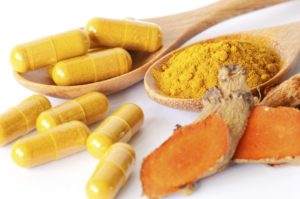
Turmeric has been used in many foods for a long time. It also is a very proven effective antiseptic and has a lot of other uses. Turmeric can be used to help treat arthritis, as it is an anti-inflammatory herb. It is also uses to help wounds heal. It is currently being tested in its effectiveness to prevent heart attacks and strokes. It has little to no side effects as long as you follow the standard dosage, which is 250-500 mg a day.
Evening Primrose:
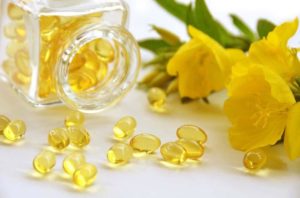
Evening primrose is primarily used in oil form, which can be added into pill form if you’d prefer it that way. Gamma Linolenic Acid, which is an essential fatty acid that our body needs, is an active ingredient in evening primrose. While our bodies need this fatty acid, our bodies cannot make it. Evening primrose can be used to treat different conditions such as PMS, eczema and other skin conditions, and can also block the release of damaging enzymes which cause pain and inflammation. There are little to no side effects with the usage of evening primrose, unless taken in extremely high doses, which would cause headaches or gastrointestinal upsets.
Milk Thistle:
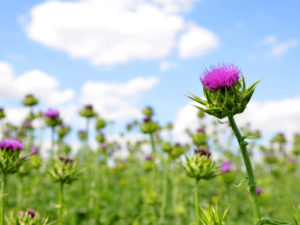
Milk thistle has been researched for over 30 years and is one of the most researched herb, but yet it still is not accepted by conventional medicine. It is known as a powerful antioxidant, more powerful than vitamin C and vitamin E. It can be used for liver disorders such as jaundice and hepatitis. It also can be used to prevent and also combat hangovers. You can take it before you go out or you can take it when you get home after you’ve been drinking. It should be taken with lots of water. You can also use milk thistle while you are undergoing certain cancer treatments, which can be toxic to your liver. There are mild side effects, if any, but it can be used as a laxative.
References:
https://www.healthline.com/health/herbal-remedies-from-your-garden#rosemary
https://www.shape.com/lifestyle/mind-and-body/10-herbal-remedies-really-work
https://draxe.com/herbal-medicine/
https://www.foodmatters.com/article/10-ancient-medicinal-herbal-remedies-that-actually-work
https://www.saga.co.uk/magazine/health-wellbeing/treatments/herbal-remedies/a-z-herbal-remedies
https://www.urmc.rochester.edu/encyclopedia/content.aspx?contenttypeid=1&contentid=1169
https://www.motherearthnews.com/natural-health/herbal-remedies/herbal-remedies-zmaz10onzraw
https://balancenaturalhealthclinic.ca/blog/2010/forms-of-herbal-medicine
https://www.drweil.com/health-wellness/balanced-living/wellness-therapies/herbal-medicine/
https://www.nimh.org.uk/whats-herbal-medicine/
https://www.sharecare.com/health/black-cohosh/how-should-i-take-black-cohosh
https://www.healthline.com/nutrition/11-proven-benefits-of-ginger
https://www.healthline.com/nutrition/11-proven-benefits-of-ginger#section10
https://theherbalacademy.com/10-awesome-uses-for-aloe-vera/
https://www.saga.co.uk/magazine/health-wellbeing/treatments/herbal-remedies/chamomile
https://www.saga.co.uk/magazine/health-wellbeing/treatments/herbal-remedies/turmeric

